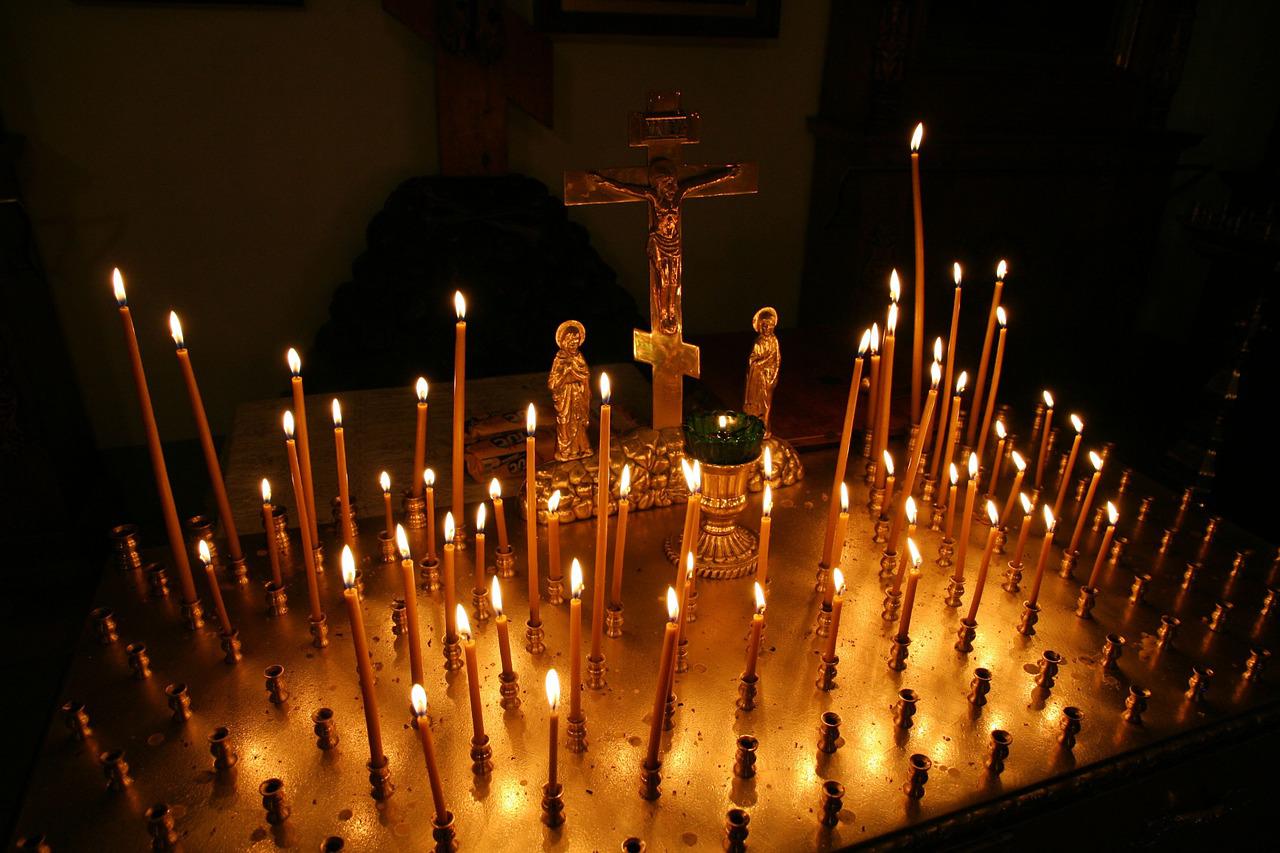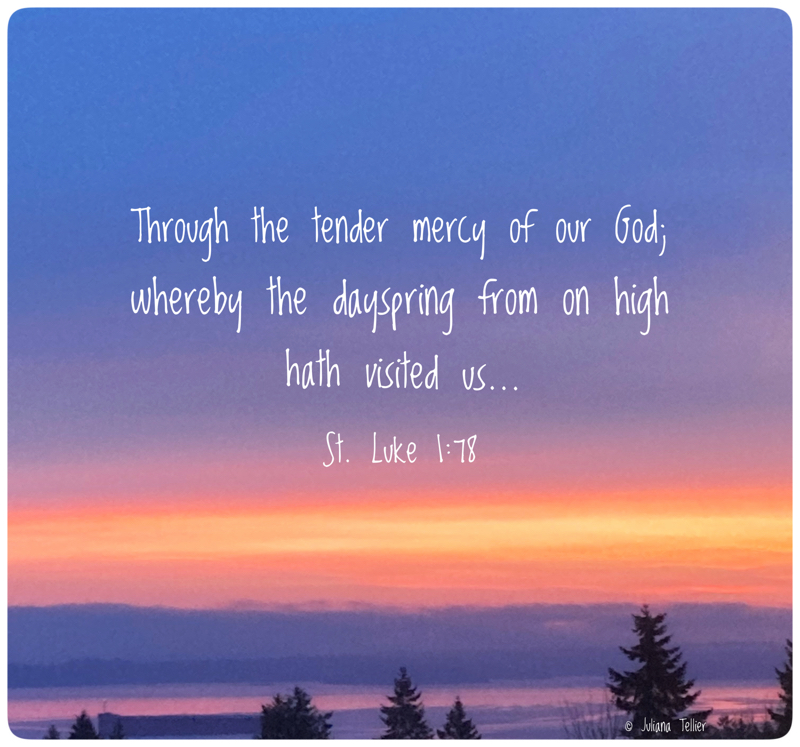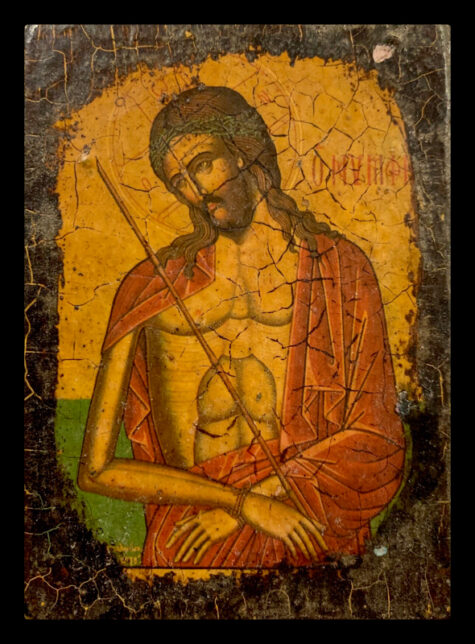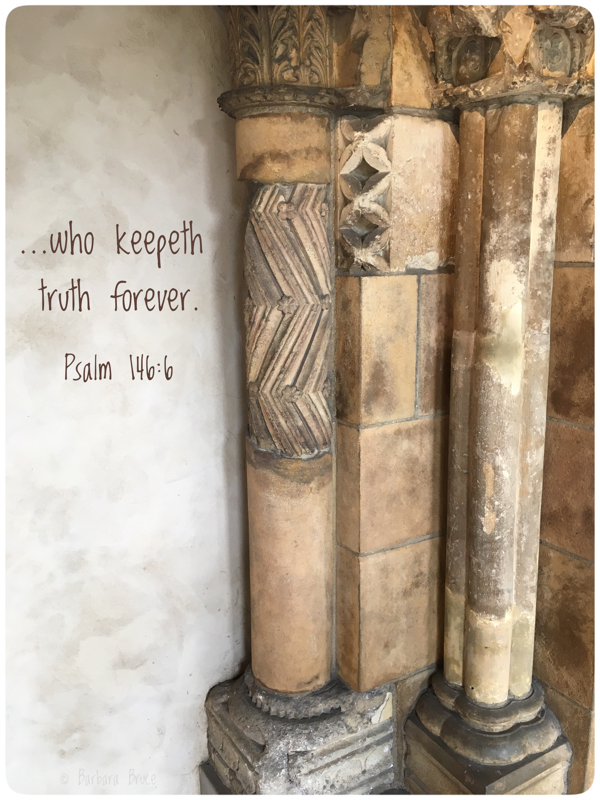Parish Festal Icon of The Meeting of the Lord in the Temple ~ St. Luke 2:22-40
Greetings on the Feast! (February 15/2)
Today’s bright and beautiful feast day falls 40 days after the Nativity of our Lord Jesus Christ. It is among the most ancient feasts, and since 450 AD, church candles are also blessed on this day as we remember Christ is our salvation, and the Light of the World.
Our lighted candles are a sign of the divine splendour of the One who comes to expel the dark shadows of evil and to make the whole universe radiant with the brilliance of His eternal light. Our candles also show how bright our souls should be when we go to meet Christ... We too should carry a light for all to see and reflect the radiance of the true light as we hasten to meet Him. The Light has come and has shone upon a world enveloped in shadows; the Dayspring from on high has visited us and given light to those who lived in darkness. This, then, is our feast, and we join in procession with lighted candles to reveal the light that has shone upon us and the glory that is yet to come to us through Him. So let us hasten all together to meet our God. The true Light has come, the light that enlightens every man who is born into this world. Let all of us, my brethren, be enlightened and made radiant by this light. Let all of us share in its splendour, and be so filled with it that no one remains in the darkness. Let us be shining ourselves as we go together to meet and to receive with the aged Simeon the Light whose brilliance is eternal... ~ St. Sophronius of Jerusalem (638 AD)

On today’s Feast of the Meeting of the Lord, when the heavens meet the earth, God meets man, history meets eternity, when – as our people beautifully say – spring and winter meet, may we also open our hearts for an encounter with the Lord… Open your hearts, listen to the depths of your thoughts, desires, feelings, anticipations, nostalgias, yearnings, the pursuits of your hearts. For our hearts are created in the image of God and they yearn for God; the truth is often buried in passions, desires, appetites, ambitions, prejudices. Let us free ourselves of them and meet the Lord, for He always comes to meet us. He is the One who came, who is with us, Who always comes to be with us. ~ Bishop Atanasije (Homily on the Meeting of our Lord)

In some places, white snowdrop flowers traditionally decorate churches on this special day. Old English Names for Snowdrops are Christ’s Flowers, Purification Flowers, Candlemas Bells, and Fair Maids of February.
Congratulations on the Feast! Today, spring and winter meet, and like blessed spiritual candles, may our hearts and souls shine and wax brightly… as we open our noetic arms to embrace Christ’s Divine Warmth, and Illumination!







